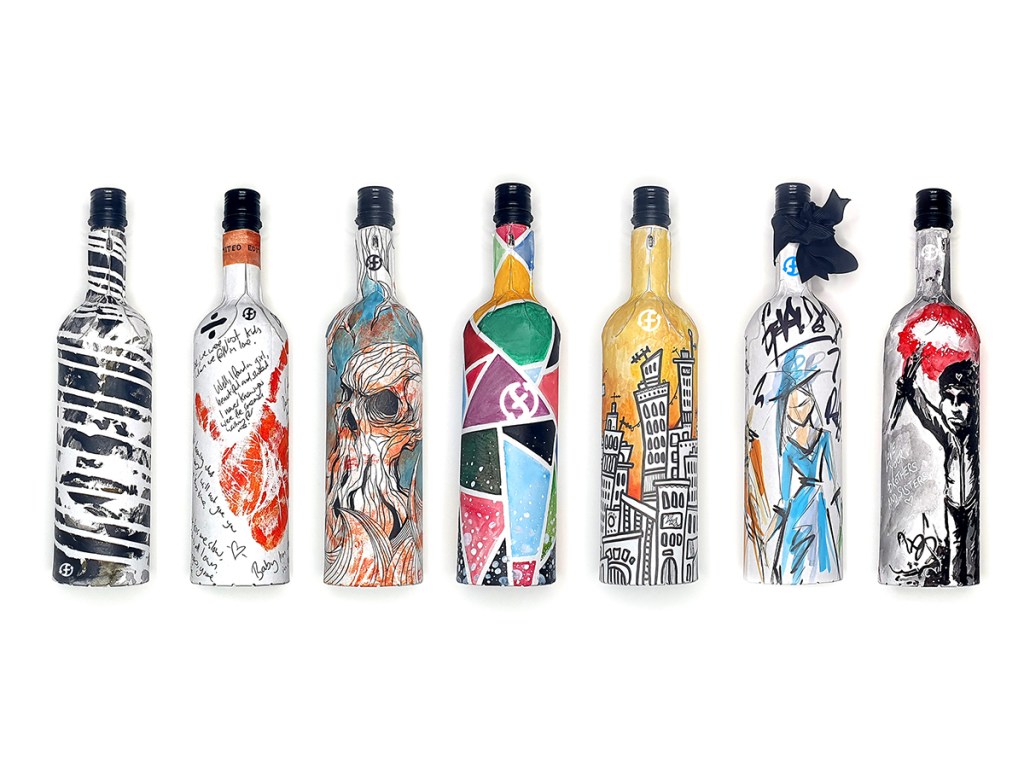Sustainable packaging solutions have been at the top of corporate and social responsibility agendas in the drinks industry for many years and research from the IWSR shows that environmental concerns are having an increasing influence on consumer purchasing decisions.
As such, the motive for distillers, winemakers and brewers to adopt sustainable packaging innovations has become more than ethical – it’s in their commercial interests, too.
“All consumer goods companies today know that the impact of their packaging on the environment is very visible to their consumers, and that in order to protect and grow their business in the future, having a sustainable packaging strategy is essential,” says Emily Neill, COO, research and operations at IWSR.
The paper bottle is one packaging innovation that has been garnering significant attention in recent months, according to the IWSR.
In October last year, Danish beer giant Carlsberg revealed two prototypes for what it claimed was the world’s first paper bottle for beer.
Made using sustainably-sourced wood fibre, the prototypes feature an inner barrier made from a thin film of plastic which still has green credentials – the barrier for one prototype contains recycled polyethylene terephthalate (PET), while the barrier for the other contains 100% bio-based Polyethylene furanoate (PEF).
The showcase of Carlsberg’s Green Fibre bottle came nine months after the launch of its ‘Snap Pack’ innovation, which eliminated the needed for plastic rings in multi-pack beers.
Earlier this summer, British sustainable packaging firm Frugalpac unveiled the Frugal Bottle, made from 94% recycled paperboard and plastic food-grade liner designed to hold wine and spirits.
The lightweight bottle is said to have a carbon footprint in its production process that is up to six times lower than a glass bottle , and it is said to use up to 77% less plastic than a full-plastic bottle. Italian wine brand Cantina Goccia was the first producer to sell a product in the Frugal Bottle.
According to Thorsten Hartmann, director at IWSR, “sustainability is much more of an issue for high-turnover, single-strength products, such as wine, beer and RTDs, than for spirits that may sit opened on a shelf for a good while.”
But what do drinks brands need to bear in mind when trialling new sustainable packaging innovations?
According to Emily Neill, “usability and functionality are key”, and designers will need to make sure the pack is easy to open and – perhaps with the exception of beer and RTDs – to reseal.
“The packaging must also portray a high-value image of the product and be easy to dispose of in standard household recycling bins”, says Neill.
IWSR’s Hartmann adds that, crucially, “beyond its green credentials packaging must always be suitable for the product contained” taking into account acidity, carbonation and UV protection, aiming to create an “unaltered taste sensation”.
The liquid must always be centre-stage. He adds that sustainable packaging innovations should not considerably increase the price of a product, and should offer transparency and verification with regards to environmental claims.
Did you know?
There are 6 ways you can catch up with The Shout NZ?
Our print magazine – back this month! Subscribe here.
Online, updated daily with its own completely unique content and breaking news.
Our weekly newsletter – free to your inbox! Subscribe here.
Our digital magazines – the latest issues are online now, here and here.
We are also on Facebook and Instagram!



